In today’s globalized economy, the movement of goods across international borders has become essential for businesses seeking to expand their markets and reach new customers. Among the various modes of transportation, sea freight stands out as a vital component in the logistics chain, especially when it comes to shipping goods from China to France.
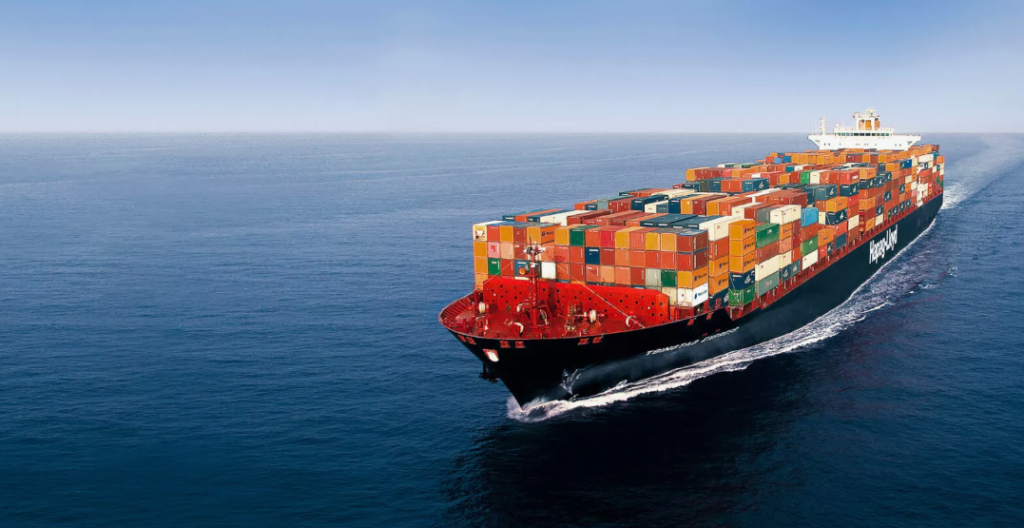
In this blog, we will explore the intricacies of sea freight from China to France, providing insights into the shipping methods available, the processes involved, the costs and timeframes associated with sea freight, and the legal considerations that businesses must be aware of. By understanding these factors, companies can make informed decisions about their logistics strategies and ensure a smooth shipping experience.
Overview of Shipping Methods from China to France
When it comes to transporting goods from China to France, businesses have multiple shipping options available. Understanding the distinct methods and their respective advantages and disadvantages is crucial for making informed decisions based on your specific shipping needs.
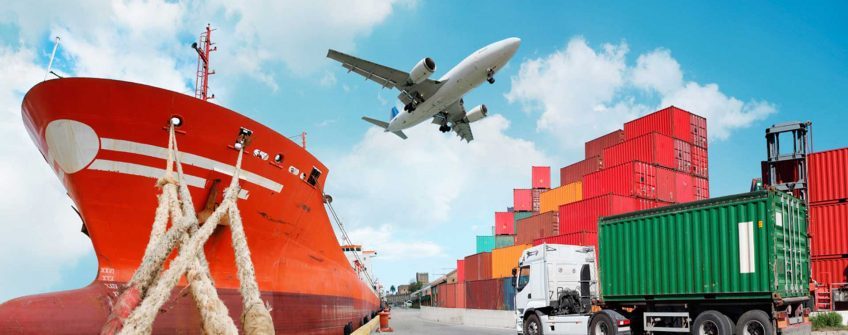
Different Shipping Methods
- Sea Freight
Sea freight is a popular choice for international shipping, especially for bulk goods. It leverages massive cargo ships that navigate between ports, making it ideal for transporting large quantities of goods over long distances. - Air Freight
Air freight is the fastest method of transportation, allowing for quick delivery of goods via commercial airlines. This option is especially beneficial for businesses needing to ship time-sensitive or high-value items. - Rail Freight
Rail freight is increasingly being utilized for shipments between China and Europe, particularly due to the development of the China-Europe railway routes. It offers a balance between speed and cost, making it an appealing alternative for medium-sized shipments.
Comparison of Methods
| Shipping Method | Cost | Speed | Suitability |
|---|---|---|---|
| Sea Freight | Low | Slow (25-45 days) | Large and heavy items; bulk shipments |
| Air Freight | High | Fast (1-3 days) | Lightweight and urgent shipments; perishable goods |
| Rail Freight | Moderate | Moderate (10-20 days) | Medium-sized cargo; suitable for certain goods |
- Cost: In general, sea freight is the most cost-effective option for bulk shipments, while air freight tends to be significantly more expensive due to the speed and convenience it offers. Rail freight falls in between, providing a reasonably priced alternative for medium-sized shipments.
- Speed: Air freight is unmatched in terms of speed, making it the best option for urgent deliveries. Sea freight, however, has longer transit times, which can be a significant factor for businesses needing quick turnaround times. Rail freight offers a moderate speed, making it suitable for shipments where some delay is acceptable.
- Suitability: Each method has its suitability for various types of cargo. Sea freight is optimal for large, heavy, or bulky items, while air freight is ideal for light and high-value goods. Rail freight is advantageous for specific types of cargo that require a balance of cost and speed.
Sea Freight from China to France
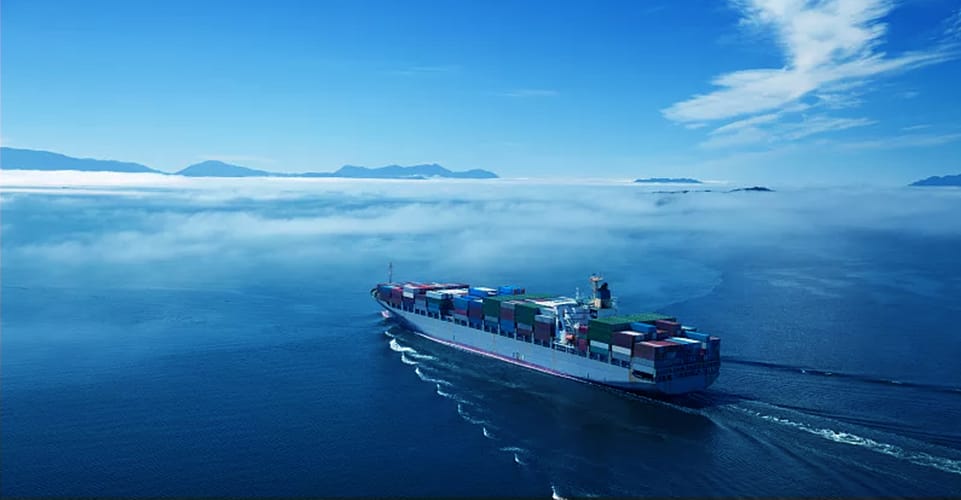
Sea freight plays a vital role in the logistics industry, especially for businesses looking to import goods from China to France. Understanding the advantages and disadvantages of this method can help you make the best choice for your shipping needs.
Advantages of Sea Freight
- Cost-effectiveness: One of the primary benefits of sea freight is its cost-effectiveness. This method allows businesses to ship large volumes of goods at a significantly lower rate compared to air freight. Particularly for bulk shipments, sea freight can deliver substantial savings, thereby improving profitability.
- Capacity for large and heavy items: Sea freight vessels are designed to carry heavy and bulky cargo, making it the most suitable option for industries dealing with oversized products. This capacity allows companies to transport everything from machinery and vehicles to raw materials, ensuring that they have the necessary space for their cargo.
- Versatility in handling various types of cargo: Sea freight is incredibly versatile, accommodating various types of goods, including liquid, solid, or even temperature-sensitive items. The availability of specialized containers, such as refrigerated units for perishable goods or open-top containers for oversized shipments, ensures that businesses can meet diverse shipping requirements.
Disadvantages of Sea Freight
While sea freight offers numerous benefits, it is essential to consider its drawbacks as well.
- Longer transit times compared to air and rail freight: The primary disadvantage of sea freight is the longer transit times it entails. Depending on the specific route and current shipping conditions, transit times can range from 25 to 45 days. For businesses needing quick deliveries or dealing with perishable goods, this extended timeframe can be a significant drawback. However, with effective planning and forecasting, companies can still benefit from sea freight while minimizing the impact of longer shipping durations.
Dantful International Logistics Services:
- Dantful Ocean Freight Services
- Air Freight From China
- Amazon FBA Freight Forwarding
- WAREHOUSE Services
- One-Stop Customs Clearance Solution
- Cargo Insurance Services in China
- DDP Shipping Services By Dantful Logistics
- Out of Gauge Cargo Transportation Shipping Services
Types of Sea Freight Services
When shipping goods via sea freight, understanding the different types of services available can help businesses choose the option that best meets their needs. The primary services available are Full Container Load (FCL), Less than Container Load (LCL), and special container options. Each service has its unique features, benefits, and cost implications.
Full Container Load (FCL)
Description and Benefits:
Full Container Load (FCL) service involves renting an entire shipping container for transporting goods. This option is ideal for businesses that have a large volume of goods to ship. The benefits of FCL include:
- Dedicated Space: Since the entire container is allocated to a single shipper, businesses can utilize the full capacity without sharing space with other shipments. This is particularly advantageous for those with large, heavy, or delicate items that require extra care during transportation.
- Faster Loading and Unloading: FCL shipments are typically prioritized at ports, resulting in quicker loading and unloading times. This efficiency can lead to shorter total transit times compared to LCL shipments, where multiple shipments must be consolidated.
- Reduced Risk of Damage: With dedicated containers, there is less risk of damage from shifting cargo that can occur in shared containers. This is crucial for businesses transporting fragile or high-value items.
Cost Considerations:
While FCL services provide numerous benefits, they may not always be the most cost-effective choice for smaller shipments. FCL pricing is based on the container size (20-foot or 40-foot) and the shipping route. Companies should assess their shipping volume to determine whether FCL is a financially viable option.
Less than Container Load (LCL)
Description and Benefits:
Less than Container Load (LCL) service allows businesses to share container space with other shipments, making it an ideal solution for those with smaller volumes of goods. The main benefits include:
- Flexibility: LCL is perfect for businesses that don’t have enough cargo to fill an entire container. This option allows them to ship smaller quantities without incurring the costs associated with FCL.
- Cost Savings: For smaller shipments, LCL can be more cost-effective than FCL, as companies only pay for the space their goods occupy within the container. This arrangement helps optimize shipping costs for businesses not consistently shipping large volumes.
Cost Considerations:
While LCL can be cheaper for smaller shipments, there are additional costs to consider, such as handling fees and potential longer transit times due to consolidation processes. Businesses should weigh the total costs of LCL against FCL to determine the best option for their needs.
Special Containers
Special containers are designed to accommodate specific types of cargo that require unique handling or transportation conditions. Key types include:
- Frame and Open-Top Containers: These containers are ideal for oversized cargo that cannot fit into standard containers. Open-top containers allow for loading from the top, making them suitable for tall or awkwardly shaped items, such as machinery or industrial equipment.
- Refrigerated Containers: Also known as reefer containers, these are temperature-controlled units used for transporting perishable goods. They maintain a specified temperature range, making them essential for shipping food products, pharmaceuticals, and other temperature-sensitive items. The ability to monitor and adjust temperatures ensures that goods arrive in optimal condition.
Read More:
- Shipping From China to the United States
- Shipping From China TO CANADA
- Shipping From China To Netherlands
- Shipping From China To UNITED KINGDOM
- Shipping From China To ALGERIA
- Shipping from China to UAE
- Shipping from China to Saudi Arabia
Major Ports Involved
Shipping goods from China to France involves several key ports that serve as critical gateways for international trade. Understanding these ports can help businesses better plan their logistics and optimize their shipping routes.
Chinese Ports
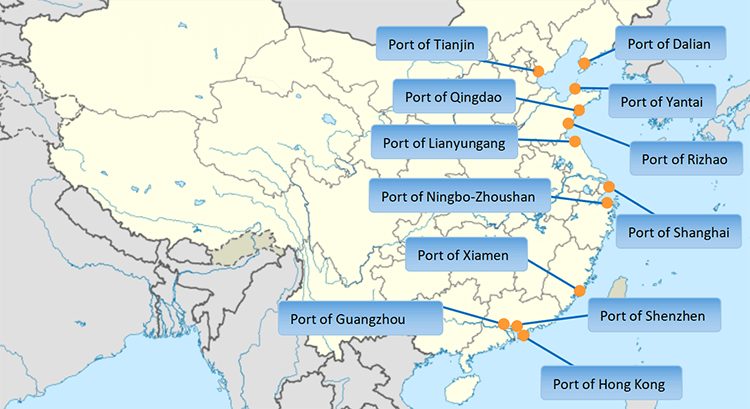
- Shanghai: As one of the largest and busiest ports in the world, Shanghai handles a significant volume of container traffic. Its advanced logistics infrastructure and strategic location make it a major hub for exports to Europe.
- Ningbo: Located close to Shanghai, Ningbo is another crucial port that offers efficient shipping services and has been rapidly growing in container traffic.
- Shenzhen: Known for its proximity to Hong Kong, Shenzhen is a vital port for high-tech and electronics exports. It has a well-developed logistics network that supports efficient shipping operations.
- Guangzhou: This port serves as a major gateway for goods from Southern China, especially for industries such as textiles and manufacturing.
- Xiamen: Xiamen port is significant for trade with Southeast Asia and is increasingly used for shipping to Europe.
- Qingdao: Located in northeastern China, Qingdao is an essential port for agricultural products and industrial goods.
- Tianjin: Serving Beijing, Tianjin is a key port for both imports and exports, particularly for northern China.
- Dalian: Located in Liaoning Province, Dalian is notable for shipping bulk cargo and is expanding its container services.
French Ports
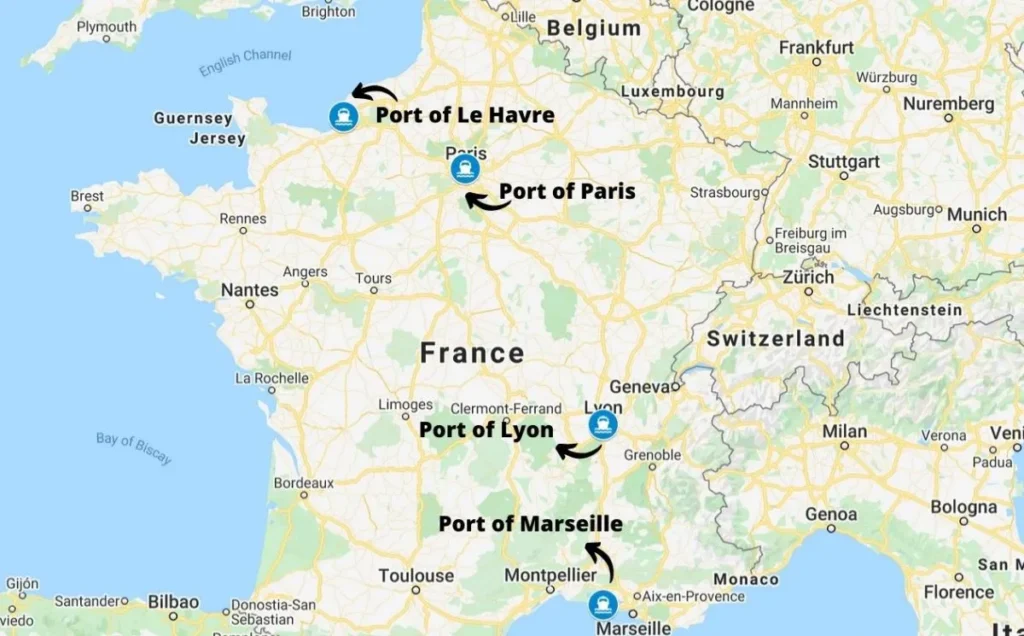
- Port of Marseille: As the largest port in France and the Mediterranean Sea, Marseille handles a wide range of cargo types and is a critical entry point for goods coming from Asia.
- Port of Le Havre: This port is one of the primary gateways for container traffic in France, offering extensive facilities for handling various types of cargo. Its strategic location near Paris makes it a popular choice for importers.
- Port of Lyon: While not a traditional maritime port, Lyon is an important inland port connected to the Rhône River, facilitating river transport and logistics for goods entering France.
- Port of Paris: Paris has a significant logistical network that supports trade, although it primarily serves as an inland port facilitating the distribution of goods rather than direct maritime shipping.
By understanding the types of sea freight services available and the major ports involved in the shipping process, businesses can make more informed decisions about their logistics strategies when importing goods from China to France.
Steps in the Sea Freight Process
Navigating the sea freight process involves several key steps that ensure the smooth transportation of goods from the point of origin in China to the final destination in France. Understanding each step can help businesses streamline their logistics operations and avoid potential pitfalls.
Booking and Documentation
The first step in the sea freight process is to book the shipment with a reputable freight forwarder or shipping company. This involves several crucial actions:
- Choosing the right shipping service: Businesses must decide whether to use Full Container Load (FCL), Less than Container Load (LCL), or special container services based on their cargo volume and type.
- Providing necessary documentation: Accurate and comprehensive documentation is vital for a successful shipping process. Key documents include:
- Commercial Invoice: This outlines the transaction between the buyer and seller, detailing the price, quantity, and description of the goods.
- Packing List: This document provides information on how the cargo is packed, including weight and dimensions, which is essential for loading and unloading.
- Bill of Lading: This legal document serves as a contract between the shipper and the carrier, outlining the terms of transport and receipt of the cargo.
- Customs Declaration: Required for customs clearance, this document provides information about the goods being imported, helping to determine applicable duties and taxes.
Loading and Departure from the Port of Origin
Once the booking is confirmed and documentation is in order, the next step is loading the cargo onto the ship at the port of origin. This process involves:
- Physical loading of goods: Depending on the type of service (FCL or LCL), the cargo will either be loaded into a dedicated container or consolidated with other shipments in a shared container.
- Securing the cargo: Proper packing and securing of goods are critical to prevent damage during transit. This may involve using pallets, strapping, or other means to ensure stability.
- Departure: After loading is complete, the ship departs from the port of origin, commencing its journey toward the destination port in France.
Transit and Tracking
During the transit phase, the cargo is transported by sea, which can take several weeks depending on various factors. Essential components of this phase include:
- Tracking the shipment: Most freight forwarders provide tracking services that allow businesses to monitor the progress of their shipment in real-time. This includes updates on the location of the vessel and estimated time of arrival.
- Communication: Regular communication with the freight forwarder is crucial to stay informed about any potential delays or issues that may arise during transit.
Arrival and Customs Clearance at the Destination Port
Upon arrival at the destination port in France, the following actions take place:
- Unloading the cargo: The cargo is unloaded from the ship, and inspections may occur to ensure that it is in good condition.
- Customs clearance: Cargo must clear French customs before it can be released. This process involves submitting the required documentation (including the customs declaration) and paying any applicable duties and taxes. It’s essential for businesses to be aware of the customs requirements and regulations for their specific goods to avoid delays.
Delivery to the Final Destination
Once customs clearance has been completed, the final step is delivering the cargo to its end location. This may involve:
- Transporting the goods: Depending on the distance from the port to the final destination, businesses may use local trucking services or logistics companies for delivery.
- Receiving the shipment: Upon arrival, the recipient should inspect the goods to ensure they match the order specifications and are in good condition.
- Final documentation: Completing any final documentation, such as delivery receipts, is important for record-keeping and future reference.
Costs and Timeframes
Understanding the costs and timeframes associated with sea freight is vital for effective budget management and logistics planning.
Typical Costs
The costs associated with sea freight can vary significantly based on several factors:
- Shipping method: FCL is generally more cost-effective for large shipments, while LCL may entail higher costs due to handling fees and the sharing of container space.
- Cargo characteristics: The type of cargo, its weight, and volume directly impact shipping costs. Bulky or hazardous materials often incur additional fees.
- Seasonality: Shipping costs can fluctuate based on seasonal demand, with prices typically rising during peak shipping seasons.
- Additional services: Optional services such as insurance, warehousing, and customs clearance may also contribute to overall costs. Purchasing insurance is highly recommended to protect against potential losses or damages during transit.
Cost Comparison Between FCL and LCL
| Feature | Full Container Load (FCL) | Less than Container Load (LCL) |
|---|---|---|
| Minimum cargo volume | 1 full container | As low as one cubic meter |
| Cost efficiency | More efficient for large shipments | Higher cost per unit for smaller shipments |
| Transit time | Faster due to priority loading | Longer due to consolidation |
| Risk of damage | Lower risk (dedicated container) | Higher risk due to shared space |
Transit Times
The typical duration for sea freight from China to France ranges between 25 to 45 days. However, this timeframe can be influenced by several factors:
- Weather conditions: Adverse weather can delay shipping schedules, affecting transit times. Storms or rough seas may lead to slower travel speeds or rerouting.
- Port congestion: High traffic at ports can cause delays in loading and unloading, impacting the overall shipping timeline.
- Customs clearance: The efficiency of customs procedures at the destination port can significantly affect when the cargo is released for delivery. Any discrepancies in documentation or additional inspections can lead to extended waiting periods.
By understanding these costs and timeframes, businesses can make more informed decisions when planning their sea freight shipments from China to France, ensuring that they stay within budget and meet their delivery schedules.
Legal and Regulatory Considerations
When shipping goods internationally, businesses must navigate a complex landscape of legal and regulatory requirements. Understanding the customs duties, taxes, and insurance considerations is essential for ensuring compliance and safeguarding shipments.
Customs Duties and Taxes
Overview of French Import Taxes and Duties:
When goods are imported into France, they are subject to various taxes and duties, which can significantly affect the overall cost of shipping. The primary components include:
- Customs Duties: These are tariffs imposed on imported goods, calculated as a percentage of the item’s value. The rate varies depending on the type of product and its country of origin. France follows the European Union’s Common Customs Tariff, which provides a standardized system for calculating duties.
- Value Added Tax (VAT): In addition to customs duties, imported goods are subject to VAT, which in France is typically set at 20% but can vary for specific items (e.g., reduced rates for essential goods). This tax is applied to the total cost of the goods plus any applicable customs duties.
- Excise Duties: Certain products, such as alcohol and tobacco, may incur additional excise duties based on their quantity or value.
Documentation Required for Customs Clearance:
To facilitate customs clearance and avoid delays, businesses must prepare and submit several essential documents, including:
- Commercial Invoice: This document provides details about the transaction, including the buyer and seller information, product descriptions, quantities, and values.
- Packing List: A detailed packing list outlines how the cargo is packed, including weights and dimensions, which assists customs officers in verifying the contents of the shipment.
- Bill of Lading: This legal document serves as proof of the contract between the shipper and carrier, detailing the terms of shipment and cargo receipt.
- Customs Declaration: This form must be completed to declare the goods being imported and is critical for calculating applicable duties and taxes.
- Import Licenses: Certain products may require specific licenses or permits to be imported into France, particularly regulated items like pharmaceuticals, food products, and chemicals.
Insurance and Liability
Importance of Purchasing Insurance:
Investing in insurance for international shipments is a critical component of risk management. Insurance protects businesses from potential financial losses due to unforeseen events, such as:
- Loss or damage during transit: Goods can be damaged or lost due to various factors, including accidents, theft, or improper handling. Insurance provides peace of mind, knowing that financial compensation is available in such situations.
- Customs disputes or delays: In case of unexpected customs issues, insurance can cover additional costs incurred while resolving disputes or delays.
- Natural disasters or force majeure events: Unforeseen events, such as storms or earthquakes, can disrupt shipping routes and damage cargo. Having insurance can mitigate financial risks associated with these incidents.
Types of Insurance Coverage Available:
Several types of insurance coverage are available for businesses shipping goods internationally:
- All-Risk Insurance: This comprehensive coverage protects against a wide range of risks, including theft, damage, and loss. It typically covers almost all contingencies except for specific exclusions outlined in the policy.
- Named Perils Insurance: This policy covers only the risks specifically listed in the agreement, such as fire, collision, or sinking. Businesses should carefully assess the risks relevant to their shipments to determine if this coverage is adequate.
- Marine Insurance: This type of coverage is specifically designed for ocean freight and includes protection against losses incurred during maritime transport. It can be tailored to meet the unique needs of different cargo types.
By understanding customs duties, taxes, and the importance of insurance, businesses can better navigate the legal and regulatory landscape associated with shipping goods from China to France.
FAQs
- What customs duties should I expect when importing goods into France?
Customs duties vary based on the product type and its origin. It’s essential to consult the EU’s Common Customs Tariff for specific rates. - How do I calculate the VAT on my imported goods?
VAT is generally calculated as a percentage of the total cost of the goods, including customs duties. In France, the standard rate is 20%, but some goods may qualify for reduced rates. - What documents do I need for customs clearance?
Required documents typically include a commercial invoice, packing list, bill of lading, customs declaration, and potentially import licenses for regulated items. - Is it necessary to purchase insurance for my shipment?
While not legally required, purchasing insurance is highly recommended to protect your business from financial losses due to loss or damage during transit. - What types of insurance coverage are available for shipping?
Options include all-risk insurance, named perils insurance, and marine insurance, each providing different levels of coverage and protection.
References
For further information on customs duties, taxes, and shipping regulations, you can visit the following authoritative sources:
- French Customs
- European Commission – Customs Tariff
- Insurance Providers – for coverage options related to international shipping.

Young Chiu is a seasoned logistics expert with over 15 years of experience in international freight forwarding and supply chain management. As CEO of Dantful International Logistics, Young is dedicated to providing valuable insights and practical advice to businesses navigating the complexities of global shipping.

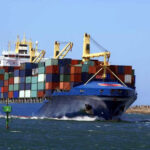



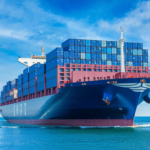
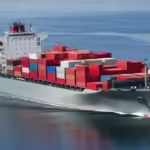

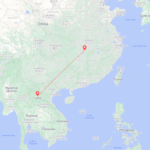
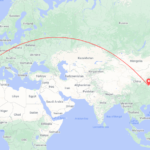

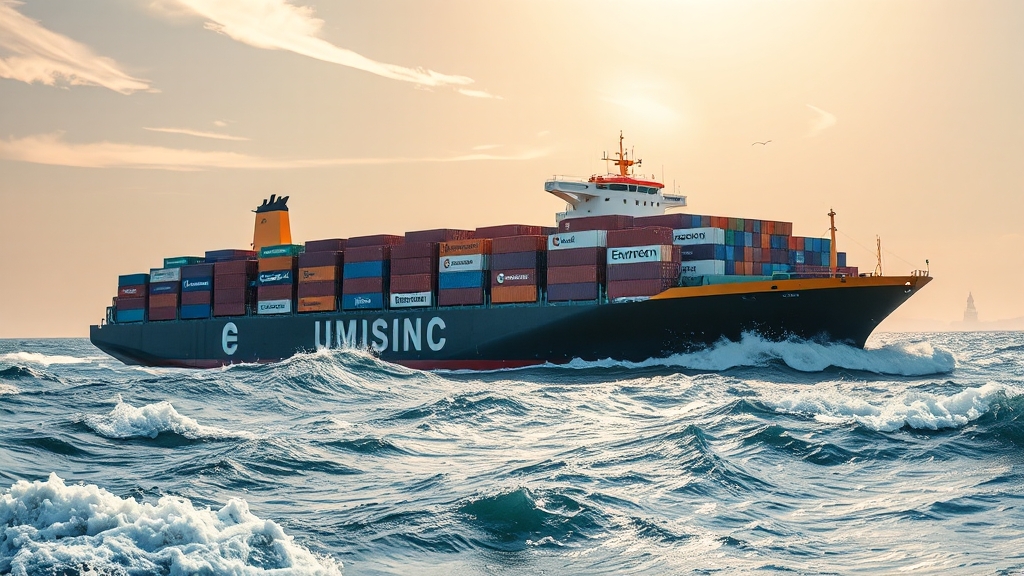
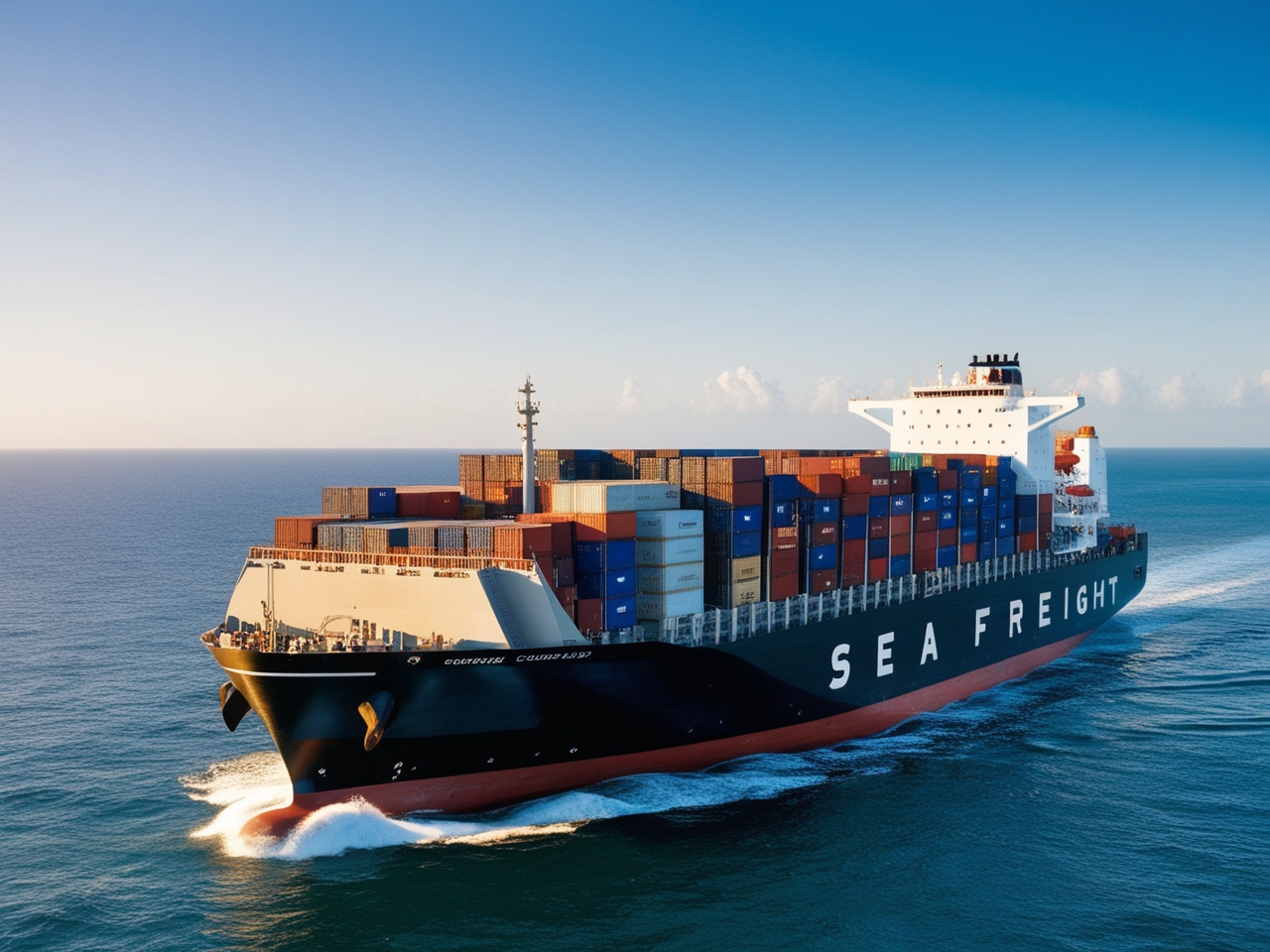
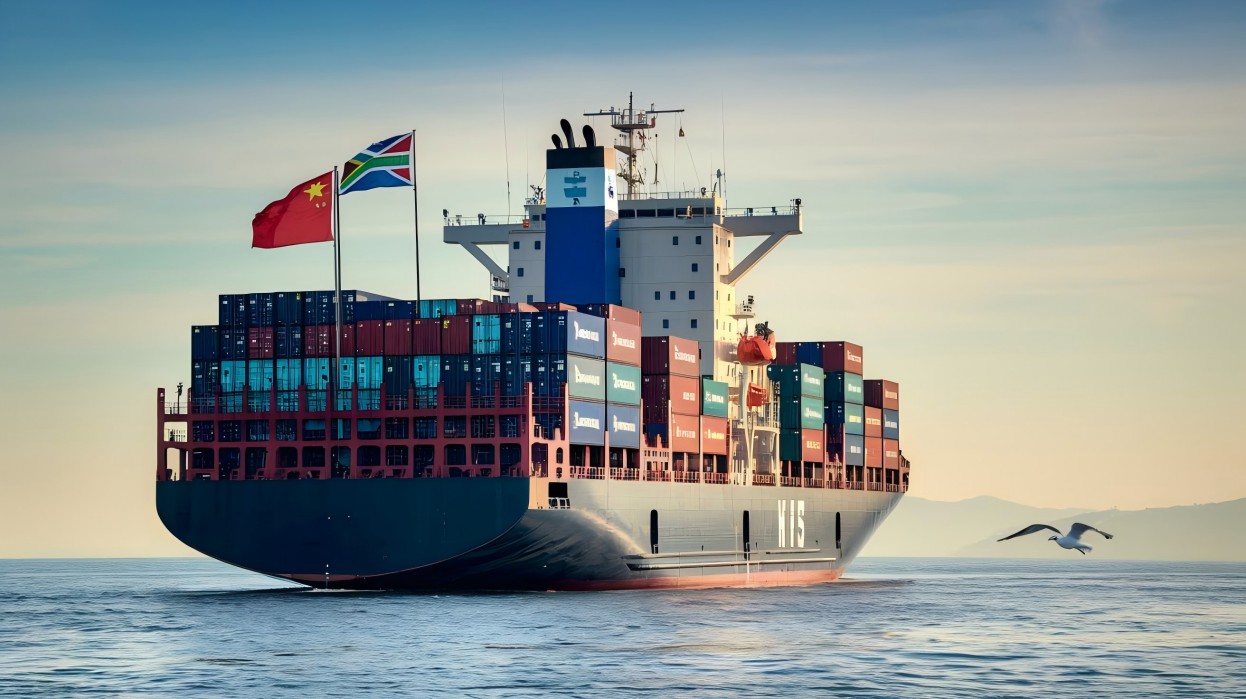
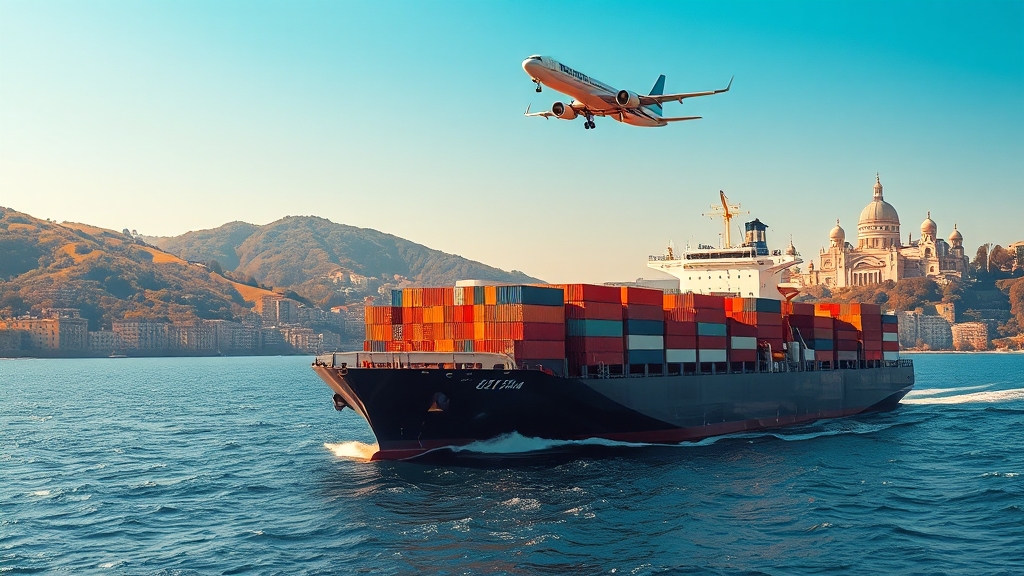
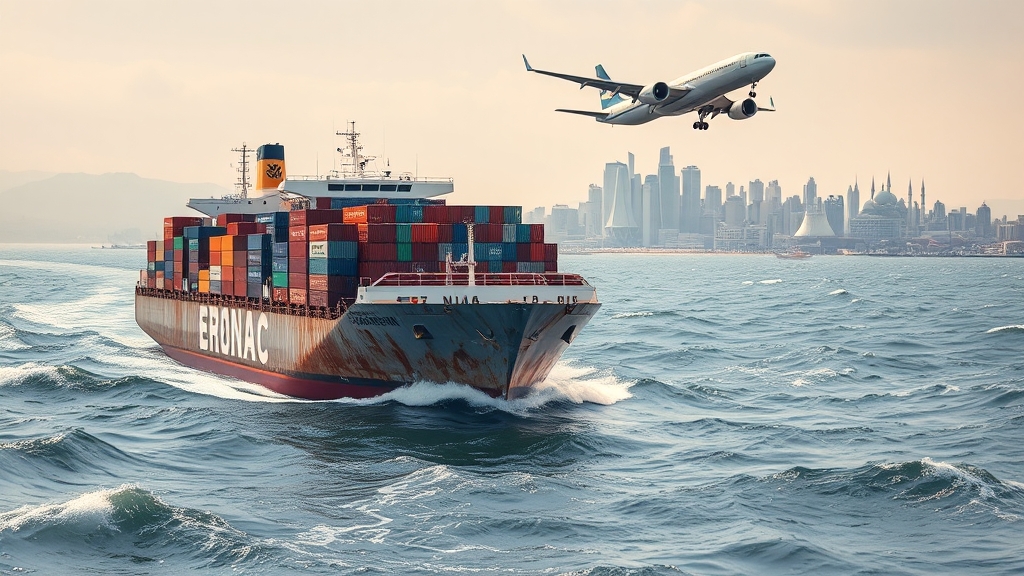





 Afrikaans
Afrikaans Shqip
Shqip አማርኛ
አማርኛ العربية
العربية Հայերեն
Հայերեն Azərbaycan dili
Azərbaycan dili Euskara
Euskara Беларуская мова
Беларуская мова বাংলা
বাংলা Bosanski
Bosanski Български
Български Català
Català Cebuano
Cebuano Chichewa
Chichewa 简体中文
简体中文 繁體中文
繁體中文 Corsu
Corsu Hrvatski
Hrvatski Čeština
Čeština Dansk
Dansk Nederlands
Nederlands English
English Esperanto
Esperanto Eesti
Eesti Filipino
Filipino Suomi
Suomi Français
Français Galego
Galego ქართული
ქართული Deutsch
Deutsch Ελληνικά
Ελληνικά Kreyol ayisyen
Kreyol ayisyen Harshen Hausa
Harshen Hausa Ōlelo Hawaiʻi
Ōlelo Hawaiʻi עִבְרִית
עִבְרִית हिन्दी
हिन्दी Hmong
Hmong Magyar
Magyar Íslenska
Íslenska Igbo
Igbo Bahasa Indonesia
Bahasa Indonesia Gaeilge
Gaeilge Italiano
Italiano 日本語
日本語 Basa Jawa
Basa Jawa ಕನ್ನಡ
ಕನ್ನಡ Қазақ тілі
Қазақ тілі ភាសាខ្មែរ
ភាសាខ្មែរ 한국어
한국어 كوردی
كوردی Кыргызча
Кыргызча ພາສາລາວ
ພາສາລາວ Latin
Latin Latviešu valoda
Latviešu valoda Lietuvių kalba
Lietuvių kalba Lëtzebuergesch
Lëtzebuergesch Македонски јазик
Македонски јазик Malagasy
Malagasy Bahasa Melayu
Bahasa Melayu മലയാളം
മലയാളം Maltese
Maltese Te Reo Māori
Te Reo Māori मराठी
मराठी Монгол
Монгол ဗမာစာ
ဗမာစာ नेपाली
नेपाली Norsk bokmål
Norsk bokmål پښتو
پښتو فارسی
فارسی Polski
Polski Português
Português ਪੰਜਾਬੀ
ਪੰਜਾਬੀ Română
Română Русский
Русский Samoan
Samoan Gàidhlig
Gàidhlig Српски језик
Српски језик Sesotho
Sesotho Shona
Shona سنڌي
سنڌي සිංහල
සිංහල Slovenčina
Slovenčina Slovenščina
Slovenščina Afsoomaali
Afsoomaali Español
Español Basa Sunda
Basa Sunda Kiswahili
Kiswahili Svenska
Svenska Тоҷикӣ
Тоҷикӣ தமிழ்
தமிழ் తెలుగు
తెలుగు ไทย
ไทย Türkçe
Türkçe Українська
Українська اردو
اردو O‘zbekcha
O‘zbekcha Tiếng Việt
Tiếng Việt Cymraeg
Cymraeg יידיש
יידיש Yorùbá
Yorùbá Zulu
Zulu